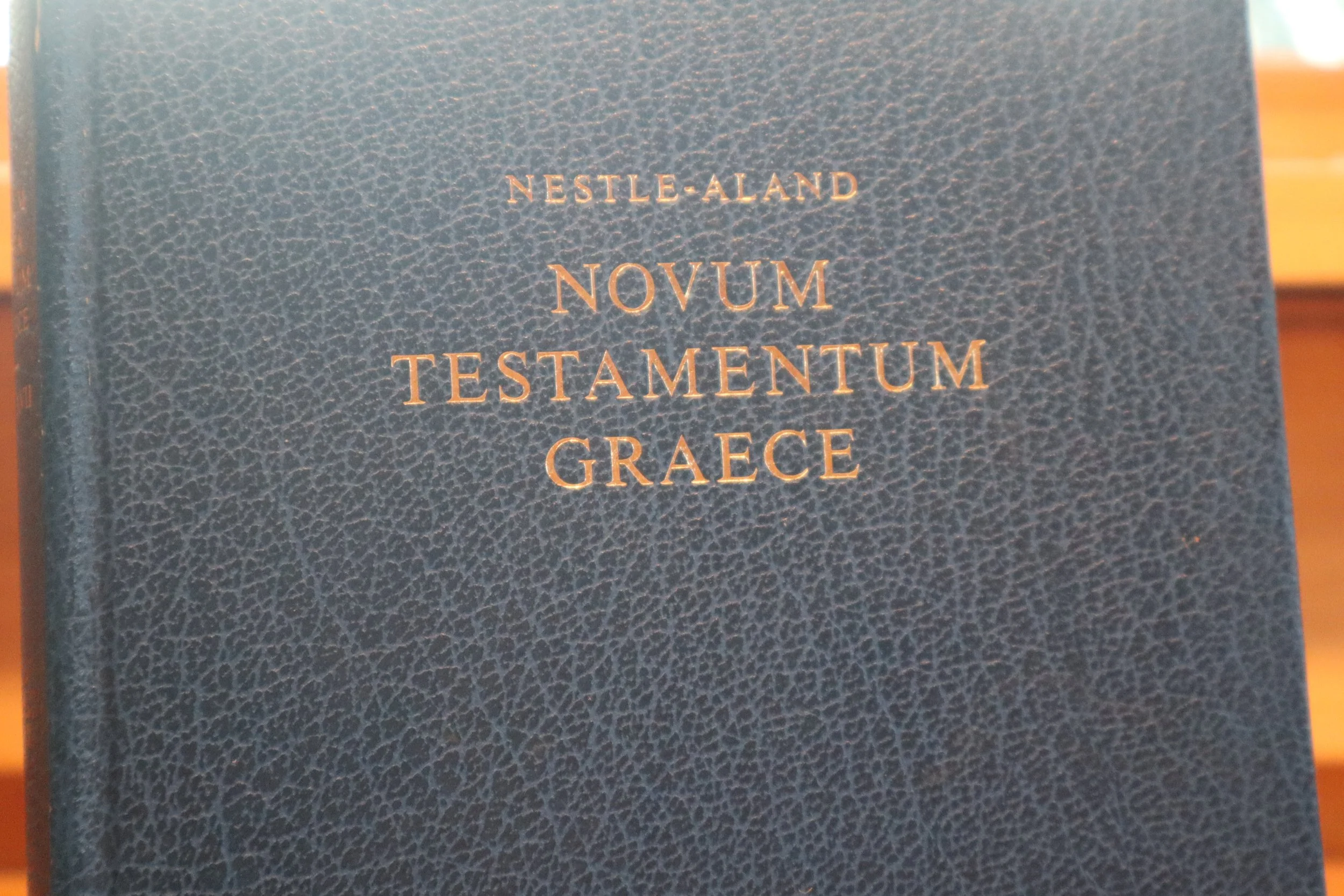The Deutsche Bibelgesellschaft's Novum Testamentum Graece: A Cornerstone of New Testament Scholarship
The "Novum Testamentum Graece" (NTG), published by the Deutsche Bibelgesellschaft, is one of the most widely recognized and used critical editions of the Greek New Testament. Known for its scholarly rigor and practical utility, this edition, commonly referred to as the Nestle-Aland edition due to its editors Eberhard Nestle, Erwin Nestle, and Kurt Aland, among others, has become an essential tool for biblical scholars, theologians, and students of the New Testament.
Historical Development
The first edition was published by Eberhard Nestle in 1898, aiming to provide an accessible yet scholarly Greek text of the New Testament based on the best manuscripts available at the time. Over the years, through successive revisions by Nestle, his son Erwin, and later by Kurt Aland and Barbara Aland, the text has evolved to incorporate new manuscript evidence and scholarly insights, leading to the current edition, the Nestle-Aland 28th Edition (NA28), which was published in 2012.
Key Features of the Novum Testamentum Graece
Critical Text: The NTG offers a critical text of the New Testament, meaning it's constructed from the analysis of numerous Greek manuscripts, papyri, lectionaries, and early translations. This process aims to reconstruct the text that is believed to be closest to the original writings.
Critical Apparatus: Perhaps one of its most distinguishing features is the extensive critical apparatus, which details textual variants from different manuscript families, including the Alexandrian, Byzantine, and Western texts. This apparatus allows scholars to understand the textual history and variations of the New Testament.
Textual Notes: Accompanying the critical text are notes explaining significant textual decisions, providing insights into why certain readings were chosen over others, and discussing manuscript evidence.
Appendices: The edition includes appendices with additional texts like the Epistle to the Laodiceans, the 3 Corinthians, and various patristic citations, which are not part of the canonical New Testament but are historically significant.
User-Friendly Design: Despite its scholarly nature, the NTG is designed for ease of use, with clear typography for the Greek text, manageable size for study, and a layout that facilitates comparison between the text and the apparatus.
Impact and Usage
Academic and Theological Studies: The NTG is a standard text in seminaries, universities, and among New Testament scholars worldwide. It's used for exegesis, translation work, and in-depth study of the New Testament's textual tradition.
Translation: Many modern translations of the Bible into various languages use the NA28 as a base text, making it indirectly influential in how millions read the New Testament.
Interdisciplinary Research: Its apparatus and notes serve not only theologians but also historians, linguists, and textual critics interested in the development of early Christian texts.
Digital Accessibility: The text is also available in digital formats, enhancing its reach and usability for both academic and personal study.
The Deutsche Bibelgesellschaft's Novum Testamentum Graece represents the culmination of over a century of textual scholarship. It not only provides a text for reading and study but also a window into the complexities of New Testament textual criticism. For anyone engaged in serious biblical study or interested in the historical and textual underpinnings of Christianity's sacred texts, this edition is an invaluable resource, offering both the fruit of extensive scholarship and the tools to engage further with the text.

